Adirondack Nature Trails:
Logger's Loop Trail
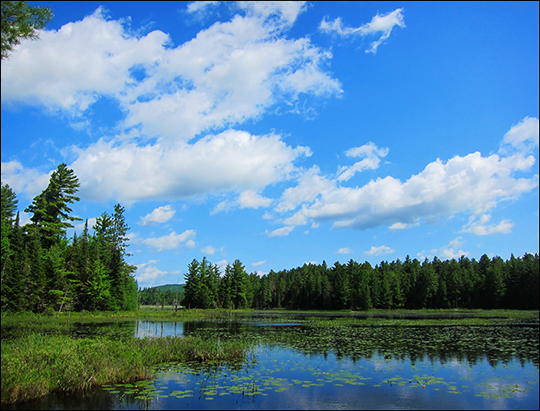
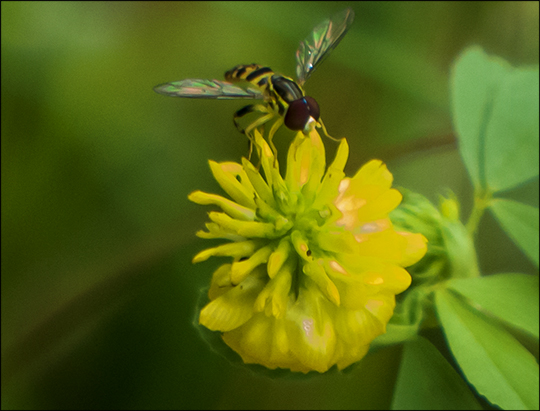
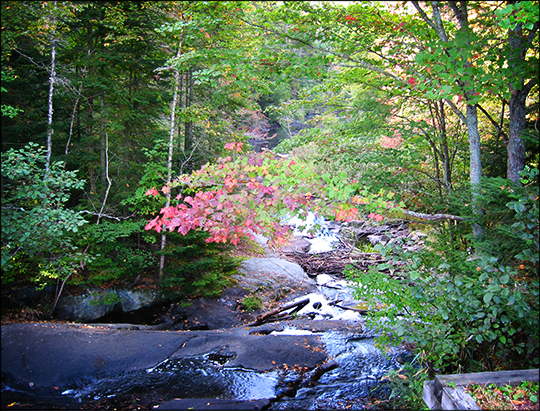
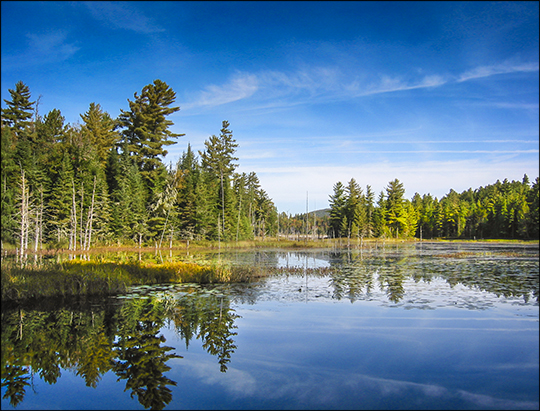
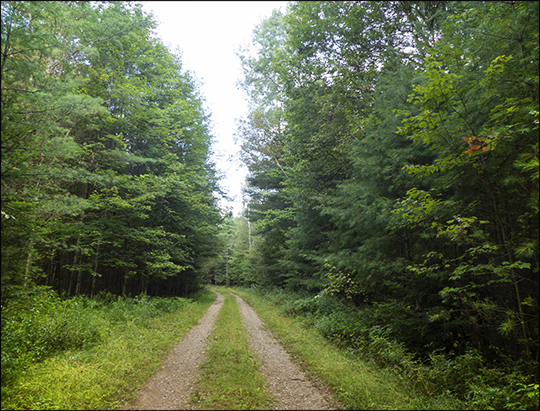
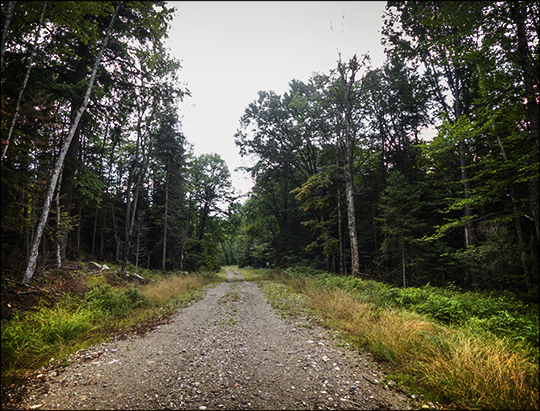
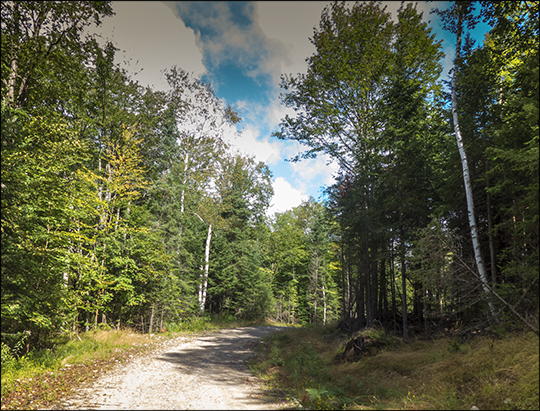
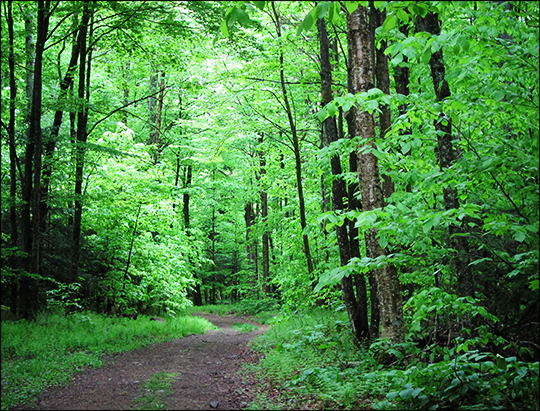
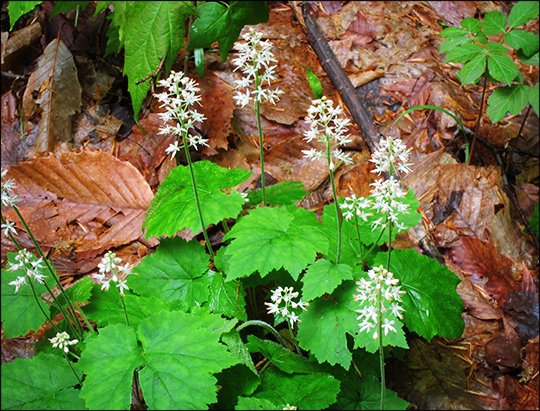
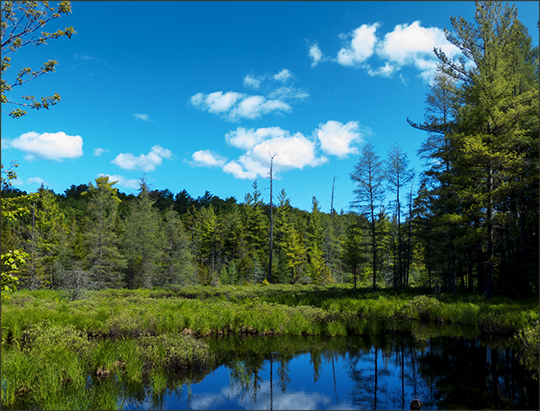
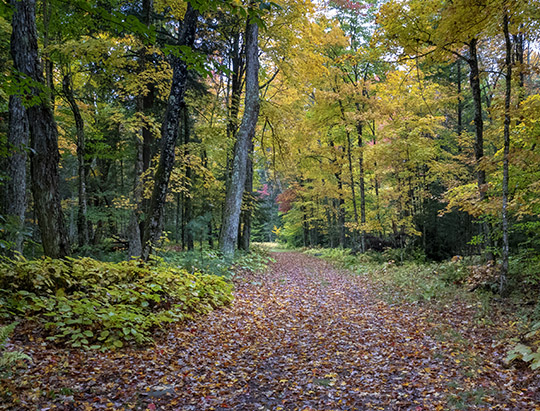
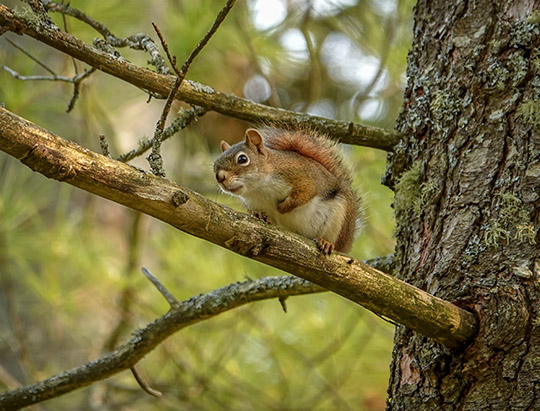
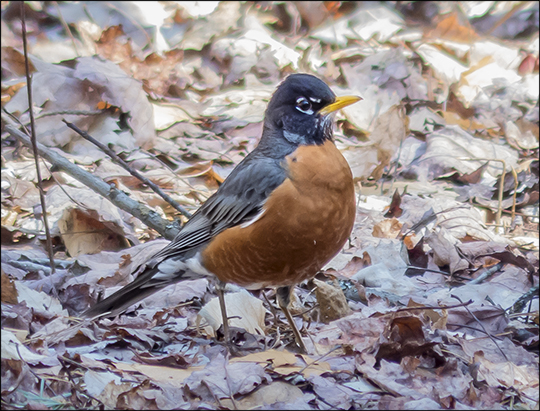
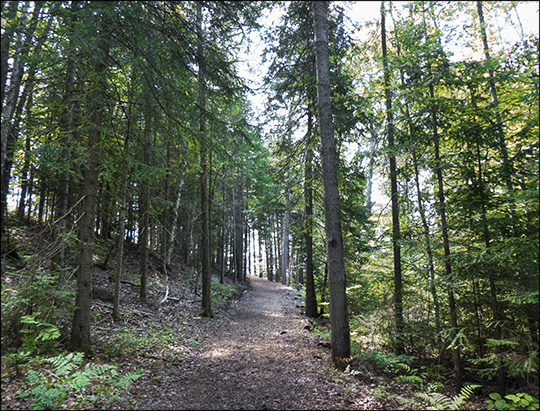
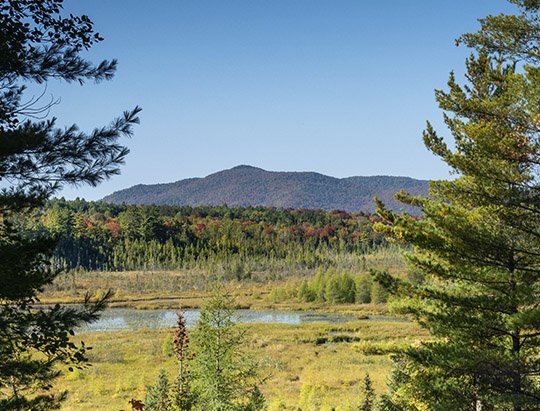
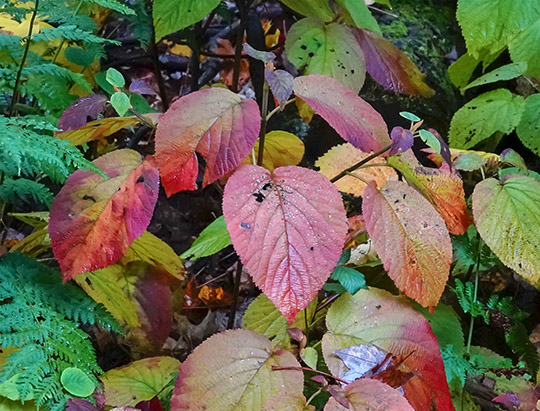


The Logger's Loop Trail at the Paul Smith's College VIC is a six-mile loop, traversing a wide variety of Adirondack habitats, including wetlands, hardwood forest, and mixed forest. The trail can be accessed close to the VIC building, as well as from numerous intersections with other trails. Trail conditions vary widely, from pleasant shaded trails through mixed forest to grassy woods roads to wide, recently-constructed gravel logging roads. For the most part, the walking is fairly easy, with a few moderate hills. Some parts of the trail have interpretive signage; this includes the northern portions of the trail east of the Fox Run Trail intersection and those portions of the trail near Shingle Mill Falls.
For walkers making a clockwise loop from near the VIC building, the eastern side of the trail follows a path parallel to State Route 30. The trail takes you through a mixed forest, featuring wildflowers such as Canada Mayflower, Wild Sarsaparilla, Bunchberry, Goldthread, and Starflower. Bird species that may be observed here include Black-capped Chickadee, Golden-crowned Kinglet, Hairy Woodpecker, and Black-throated Green Warbler.
The path then curves downward to the right toward Heron Marsh, affording excellent views of the marsh at Shingle Mill Falls. This provides opportunities to observe a wide range of bird species that make their home on and near the marsh, including Great Blue Heron, Ring-necked Duck, Mallard, and American Black Duck. Snapping Turtles and Painted Turtles have also been seen on this portion of the trail. North American River Otters have also been seen playing near the falls.
The trail then proceeds west as a narrow, grassy woods road, roughly paralleling the Keese Mills Road. You will pass two intersections with the Easy Street Trail. Logger’s Loop then curves away from the Keese Mills Road, traversing a hardwood forest and passing the edge of the radial plantation, near the gazebo on the Silvi Trail.
Logger’s Loop then becomes a wide gravel logging road, passing intersections with the Woods and Waters Trail, the Skidder Trail, and the Esker Trail. The edges of the road are home to several sun-loving plants, such as Flat-topped White Aster and Queen Anne's Lace. The trail then changes again to a narrow woods road before intersecting with the Jenkins Mountain Trail, where you take a right.
The northern side of the Logger’s Loop Trail runs east along the Jenkins Mountain Road corridor. The trail leads through the Forest Ecosystem Research and Demonstration Area (FERDA), showcasing modern forestry practices. The FERDA plots were developed in 1998 in a collaboration between the USDA Forest Service, Paul Smith’s College, and the VIC (then run by New York State). The project was designed to study and interpret the impacts of different cutting practices on natural communities.
- The area demonstrates five different silvicultural systems, such as clearcutting and shelterwood cutting.
- Seven plots were established along the Jenkins Mountain Road at the VIC, each five acres in size. Five of the plots received a cutting treatment in the winter of 1999-2000; the other two plots serve as control plots.
- An additional set of seven matching plots was established elsewhere on Paul Smith’s College land as an experimental replicate.
A primary goal of the project is to show trail walkers what each forest harvest treatment looks like and how various logging methods affect different communities of forest plants and wildlife. Each plot has an interpretive sign describing the treatment that was applied. These plots also provide insight into how forest succession works. It has now been nearly two decades since the logging operations were done; the landscape and the wildlife has undergone significant change. Watch and listen for Chestnut-sided Warblers, which may be found in those portions of the trail which cut through early transitional forest.
In the mature forest east of Barnum Brook, Black-capped Chickadee and Winter Wren may be found. Look for Ruby-throated Hummingbirds around the stand of Bee Balm next to the trail. Wildflowers which thrive on the north eastern part of the Logger’s Loop Trail include Trout Lily, Bunchberry, and Spreading Dogbane.
Logger’s Loop intersects with the Boreal Life Trail, then turns right toward the VIC building. The trail passes an intersection with the Barnum Brook Trail near the gazebo, and then passes through a shady, mixed forest directly in front of the VIC building, before emerging into the cleared area near the VIC building deck. Partridgeberry, Clintonia, Wild Sarsaparilla, and Goldthread grow along this portion of the trail.
